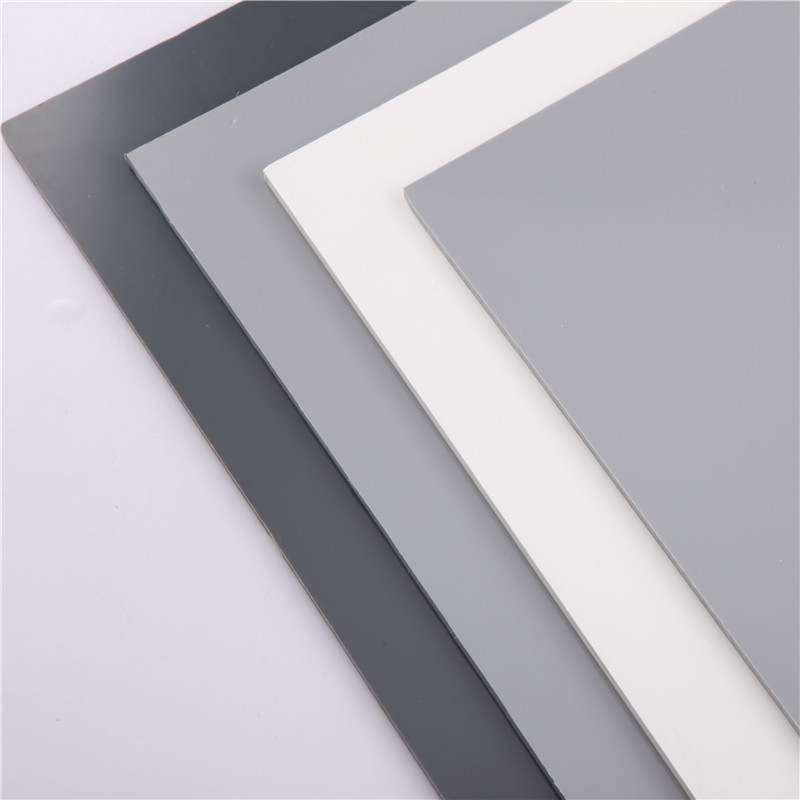Dec . 22, 2024 03:45 Back to list
thermoplastic welding rod
The Role of Thermoplastic Welding Rods in Modern Fabrication
Thermoplastic welding rods are essential components in various fabrication and repair processes, playing a crucial role in industries ranging from automotive to construction. These rods are made from thermoplastic materials, which can be heated to a pliable state and then cooled to form a solid bond. This property allows for their use in a diverse array of applications, making them a favorite among engineers and fabricators.
One of the primary advantages of thermoplastic welding rods is their versatility. They can be tailored to different types of thermoplastic materials, including polyethylene, polypropylene, and PVC, among others. This adaptability means that industry professionals can choose the right rod for their specific needs, ensuring optimal results when joining or repairing thermoplastic components.
The process of thermoplastic welding typically involves heating the welding rod along with the surfaces to be joined. This heating can be accomplished through various methods, such as hot-air welding, extrusion welding, or using a hot plate. Once the materials reach the appropriate temperature, they become soft and malleable. The welding rod is then applied to the joint, fusing with the base materials as it cools and solidifies. This creates a strong, durable bond that can often exceed the strength of the original material.
thermoplastic welding rod

Another significant benefit of thermoplastic welding rods is their ability to create watertight and airtight seals. This feature is particularly valuable in industries like plumbing and HVAC, where maintaining the integrity of pipes and ducts is critical. The seals formed by thermoplastic welding are not only robust but also resistant to environmental factors, making them suitable for both indoor and outdoor applications.
Thermoplastic welding rods can also enhance the efficiency of production processes. Using these rods allows for fast and effective repairs, reducing downtime in manufacturing environments. Additionally, because the thermoplastic welding process is relatively straightforward, it requires less specialized training compared to other welding techniques. This has led to an increased adoption of thermoplastic welding methods in various industries, especially where quick repairs are necessary.
Sustainability is another essential consideration in modern fabrication. Many thermoplastic materials are recyclable, contributing to an environmentally friendly production cycle. The ability to repair rather than replace components with thermoplastic welding rods can significantly reduce waste and resource consumption. As industries increasingly shift towards sustainable practices, the use of thermoplastic welding rods aligns perfectly with these objectives.
In conclusion, thermoplastic welding rods are vital tools in the realm of fabrication and repair. Their versatility, efficiency, and ability to create durable bonds make them a popular choice across multiple industries. As technology continues to advance, the materials and techniques surrounding thermoplastic welding are likely to evolve, further enhancing the capabilities and applications of these rods. By embracing the benefits of thermoplastic welding, businesses can improve their processes, reduce waste, and contribute to a more sustainable future. Whether it’s in the automotive sector, construction, or beyond, thermoplastic welding rods are here to stay, paving the way for innovative solutions in material joining and repair.
-
Durable PPR Pipe for Hot & Cold Water Systems - Easy Install
NewsAug.14,2025
-
Durable HDPE Sheet | Versatile & Impact-Resistant Plastic
NewsAug.13,2025
-
Premium PVC Soft Sheets: Clear, Flexible & Durable
NewsAug.12,2025
-
Premium PVC Round Rods: Durable, Chemical Resistant, Easy to Machine
NewsAug.11,2025
-
PP U-channel: Chemical-Resistant, Lightweight & Durable
NewsAug.10,2025
-
Transparent PVC Pipe: Clear Flexible Tubing for Fluids
NewsAug.09,2025

